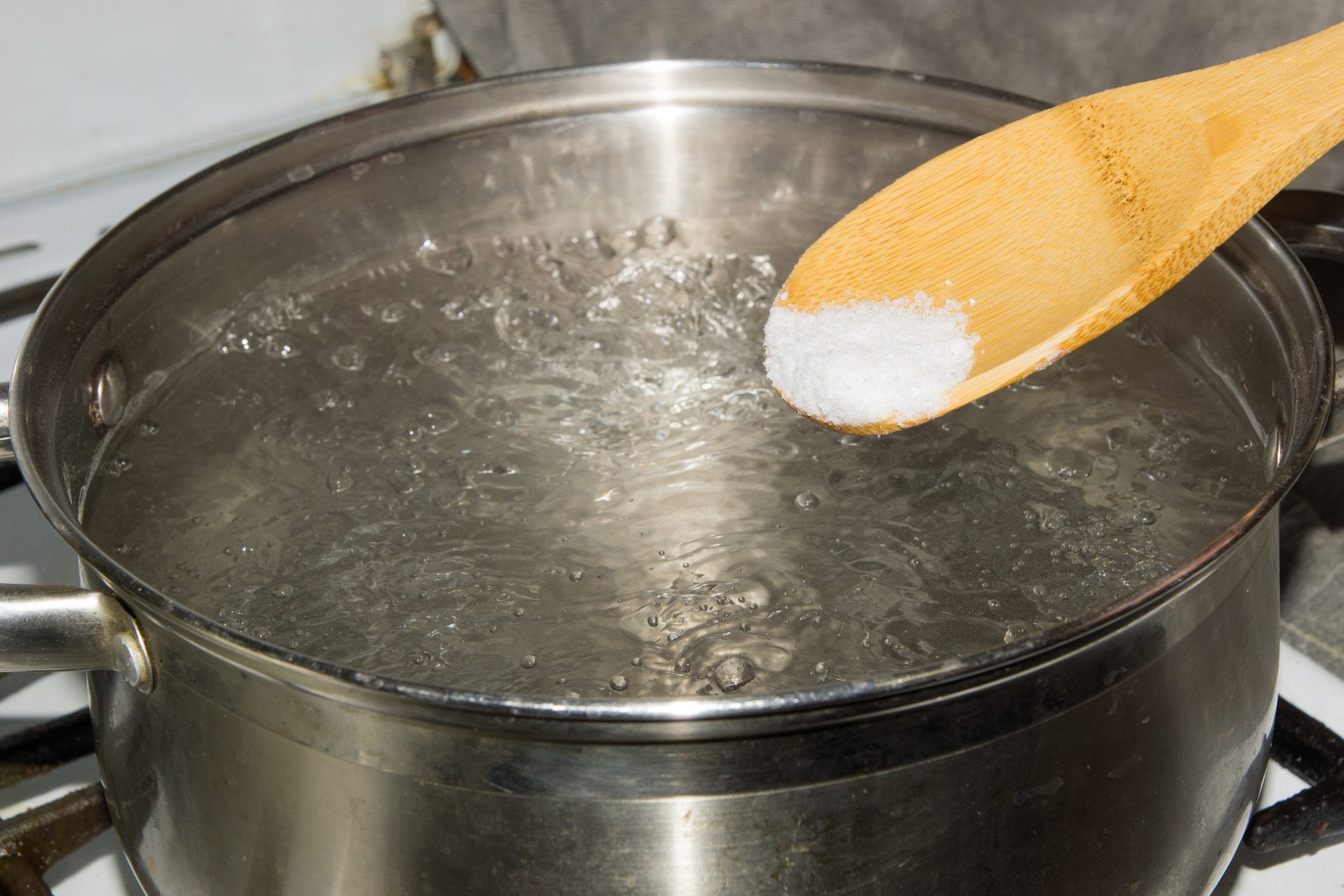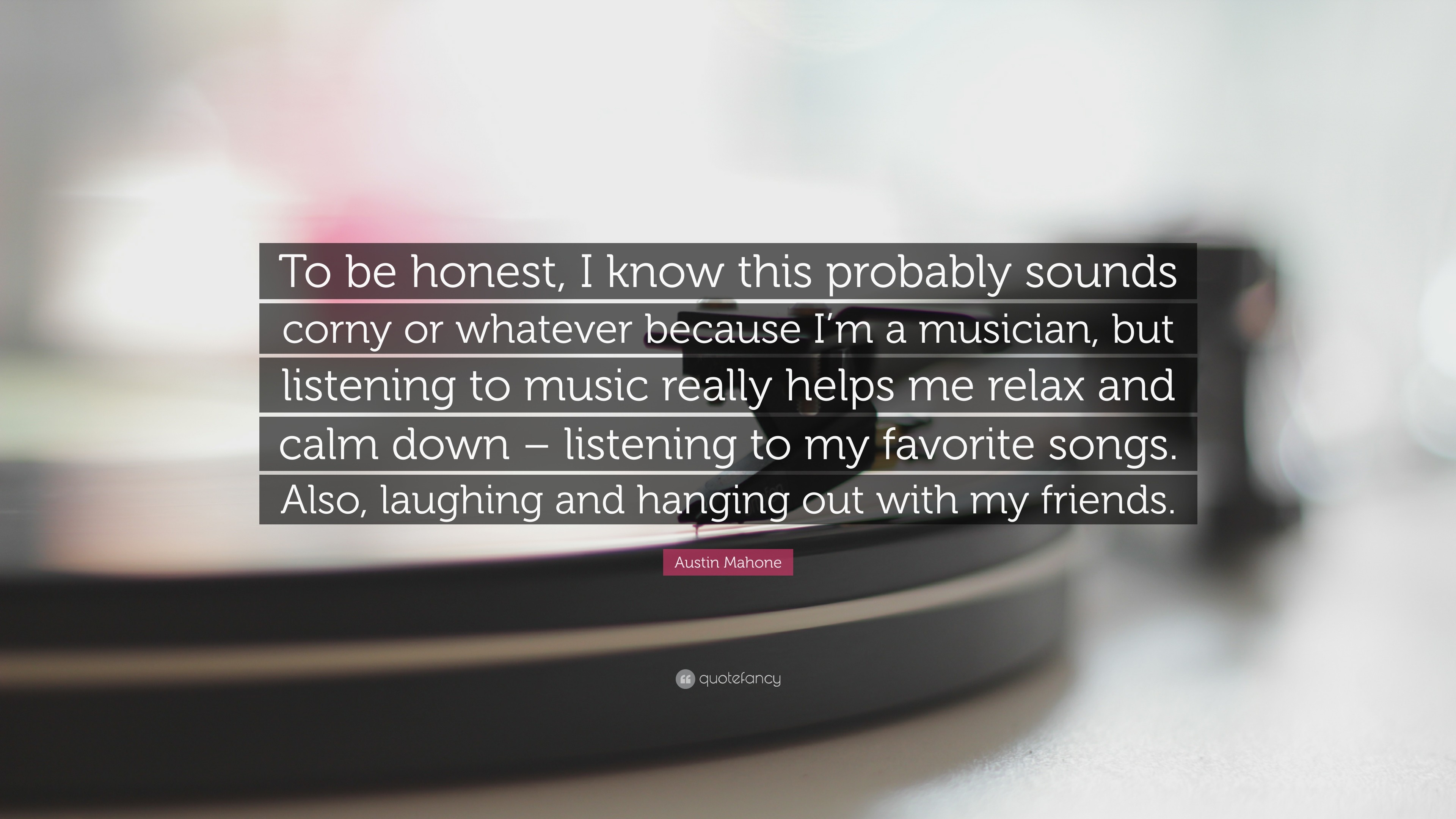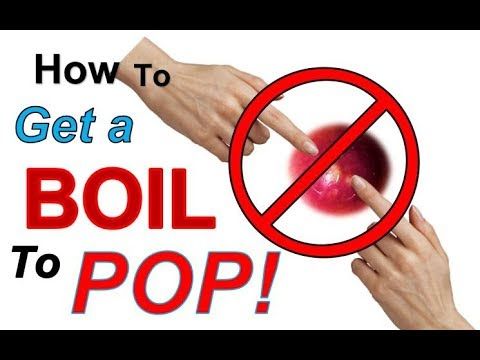I had a boil and it popped. Understanding Boils: Causes, Treatments, and Safe Management Techniques
What are boils and how do they form. Why is it dangerous to pop a boil at home. What are the effective treatments and remedies for managing boils. How can you prevent boils from recurring. When should you seek medical attention for a boil.
The Nature and Causes of Boils: A Deeper Look
Boils, medically known as furuncles, are painful, pus-filled skin infections that develop in hair follicles or oil glands. These unsightly and often uncomfortable skin conditions are primarily caused by bacterial infections, with Staphylococcus aureus being the most common culprit.
How exactly do boils form? When bacteria, typically S. aureus, enter a hair follicle or oil gland through a small cut or abrasion in the skin, they can cause an infection. As the body’s immune system responds to this invasion, white blood cells rush to the area, leading to inflammation and the accumulation of pus. This process results in the formation of a tender, swollen bump that we recognize as a boil.

Types of Boils
- Furuncles: Single-headed boils
- Carbuncles: Multiple-headed boils
- Styes: Boils that appear on the eyelid
Are certain areas of the body more prone to boils? Indeed, boils tend to develop in areas that are hairy, prone to sweating, or experience frequent friction. Common locations include:
- Armpits
- Groin area
- Buttocks
- Face and neck
- Inner thighs
The Dangers of Popping Boils: Why It’s a Bad Idea
Despite the temptation to squeeze or pop a boil, doing so can lead to serious complications. Why is popping a boil at home so dangerous? When you forcefully rupture a boil, you risk:
- Spreading the infection to deeper layers of skin
- Introducing bacteria into your bloodstream
- Causing the infection to spread to other parts of your body
- Increasing the risk of scarring
- Delaying the natural healing process
In severe cases, popping a boil can lead to a potentially life-threatening condition called sepsis, where the infection spreads throughout the body. This is particularly risky for individuals with weakened immune systems or underlying health conditions.

Safe and Effective Home Remedies for Boil Management
While it’s crucial to avoid popping boils, there are several safe and effective home remedies that can help manage the condition and promote healing:
1. Warm Compresses
Applying warm, moist compresses to the affected area for 10-15 minutes, several times a day, can help draw the pus to the surface and encourage natural drainage. How does this work? The heat increases blood circulation to the area, which helps your body fight the infection more effectively.
2. Proper Hygiene
Keeping the area clean is crucial for preventing the spread of infection. Gently wash the boil and surrounding skin with antibacterial soap and warm water twice daily. Pat the area dry with a clean towel and avoid sharing towels or washcloths with others.
3. Tea Tree Oil
Tea tree oil has natural antibacterial properties that may help fight the infection causing the boil. How should you use it? Dilute a few drops of tea tree oil with a carrier oil like coconut oil and apply it to the affected area with a cotton swab.

4. Turmeric Paste
Turmeric has anti-inflammatory and antibacterial properties. Create a paste by mixing turmeric powder with water and apply it to the boil. Cover with a clean bandage and leave it on for a few hours before rinsing off.
5. Over-the-Counter Pain Relief
To manage pain and reduce inflammation, consider taking over-the-counter pain relievers such as ibuprofen or acetaminophen. Always follow the recommended dosage instructions on the package.
When to Seek Medical Attention for Boils
While many boils can be managed at home, certain situations warrant professional medical attention. When should you consult a healthcare provider for a boil?
- The boil is large (larger than 2 inches in diameter)
- The boil is on your face or spine
- You have multiple boils
- The boil is accompanied by a fever
- The skin around the boil becomes red, swollen, or warm to the touch
- The boil doesn’t show signs of improvement after a week of home treatment
- You have a weakened immune system or underlying health conditions like diabetes
In these cases, a healthcare professional can safely drain the boil and may prescribe antibiotics to combat the infection more effectively.

Professional Treatment Options for Boils
When home remedies aren’t sufficient, medical professionals have several treatment options at their disposal:
Incision and Drainage
For large or persistent boils, a doctor may perform a minor surgical procedure called incision and drainage. How is this done? After numbing the area with a local anesthetic, the doctor makes a small incision in the boil to drain the pus. This procedure is typically quick and provides immediate relief.
Antibiotics
In some cases, particularly for severe or recurrent boils, oral antibiotics may be prescribed. These medications help fight the bacterial infection from within the body. The course of antibiotics typically lasts 10-14 days, and it’s crucial to complete the entire prescribed course, even if symptoms improve earlier.
Topical Treatments
For individuals prone to recurrent boils, doctors may recommend topical antibacterial treatments. These might include prescription-strength mupirocin ointment or chlorhexidine wash, which can help reduce the presence of bacteria on the skin.

Preventing Boils: Strategies for Reducing Recurrence
While it’s not always possible to prevent boils entirely, there are several strategies you can employ to reduce your risk of developing them:
1. Practice Good Hygiene
Regular washing with antibacterial soap, especially after sweating or exercising, can help keep bacteria at bay. How often should you wash? At least once daily, and more frequently if you’re prone to excessive sweating or work in dirty environments.
2. Avoid Tight Clothing
Tight clothes can trap sweat and bacteria against your skin, increasing the risk of infection. Opt for breathable, loose-fitting clothing, especially in hot weather or during physical activities.
3. Boost Your Immune System
A strong immune system is better equipped to fight off bacterial infections. How can you boost your immunity? Maintain a balanced diet rich in fruits and vegetables, get regular exercise, manage stress, and ensure you’re getting adequate sleep.
4. Manage Underlying Health Conditions
Certain health conditions, such as diabetes, can increase your risk of developing boils. Work closely with your healthcare provider to manage any chronic health conditions effectively.

5. Avoid Sharing Personal Items
To prevent the spread of bacteria, avoid sharing personal items like towels, washcloths, or razors with others, even family members.
Understanding the Healing Process: What to Expect
The healing time for boils can vary depending on their size and severity. How long does it typically take for a boil to heal? According to the American Academy of Dermatology, most boils take 1-3 weeks to burst and drain on their own. However, with proper care and treatment, many boils can heal within 10 days.
What are the stages of boil healing?
- Initial redness and swelling
- Formation of a white or yellow “head”
- Spontaneous rupture and drainage of pus
- Gradual healing of the skin
It’s important to note that even after a boil has drained, the area may remain red and tender for several days. Continue to keep the area clean and protected until it has fully healed.
Boils in Special Populations: Considerations and Risks
While boils can affect anyone, certain groups may be at higher risk or require special consideration:

Individuals with Diabetes
People with diabetes are more susceptible to skin infections, including boils. Why is this the case? High blood sugar levels can weaken the immune system and slow wound healing. If you have diabetes and develop a boil, it’s crucial to monitor it closely and seek medical attention if it doesn’t improve quickly.
Pregnant Women
Hormonal changes during pregnancy can increase the risk of developing boils. Pregnant women should be cautious about using certain topical treatments and should consult their healthcare provider before attempting any home remedies.
Children
Boils in children, especially infants, require careful monitoring. Children may be more likely to scratch or pick at boils, increasing the risk of spreading the infection. If your child develops a boil, consult a pediatrician for appropriate treatment options.
Individuals with Weakened Immune Systems
People with conditions that weaken the immune system, such as HIV/AIDS or those undergoing chemotherapy, are at higher risk for developing boils and may experience more severe infections. These individuals should seek medical attention promptly if they develop a boil.

Understanding boils, their causes, and proper management techniques is crucial for promoting quick healing and preventing complications. By following safe home care practices, knowing when to seek medical attention, and taking steps to prevent recurrence, you can effectively manage boils and maintain healthy skin. Remember, while the temptation to pop a boil may be strong, it’s always best to let nature take its course or seek professional medical care when necessary.
Should you do it? 5 remedies
Someone should not attempt to pop a boil at home as the bacteria that cause a boil can spread to other parts of the body. In some cases, this can cause serious complications.
A doctor can safely drain a boil. A person can also use simple home remedies to help a boil heal.
In this article, we will explain what boils are in more detail, why it is not safe to pop them, and other ways to treat boils.
Share on PinterestA person with a boil should try to keep the area clean.
Bacterial folliculitis, or an infection of a hair follicle, causes boils. When bacteria get into a hair follicle, an infection can cause tender spots or lumps to appear on the skin. Over time, the infection creates a boil, which is a painful pus-filled abscess filled with under the skin.
There are several types of boil:
- furuncles, which have one head
- carbuncles, which have multiple heads
- styes, which appear on the eyelid
According to the American Osteopathic College of Dermatology (AOCD), boils sometimes start as cysts, but then rupture, become infected, and turn into boils.
However, according to DermNet, Staphylococcus aureus (S. aureus) bacteria cause most boils. An estimated 10–20% of people carry S. aureus on the surface of their skin.
If something scratches, injures, rubs, or otherwise damages the skin, bacteria can enter the hair follicles.
Boils often develop in areas of the body that are hairy, tend to sweat, or experience friction during movement, such as the armpits and between the legs or buttocks.
Anyone can develop a boil, but some factors may make them more likely, such as:
- immune deficiency
- iron deficiency or anemia
- diabetes
- smoking
According to a 2018 article, a person should never attempt to pop a boil themselves. Popping or squeezing a boil can allow bacteria to infect deeper layers of the skin, as well as other tissues and organs. This can lead to serious, life-threatening complications.
Boils can heal on their own without medical treatment. However, if a boil is large, painful, or in a dangerous location, such as on the face, a doctor can safely drain a boil when it reaches the right stage.
However, if a boil is large, painful, or in a dangerous location, such as on the face, a doctor can safely drain a boil when it reaches the right stage.
Draining a boil is a quick procedure. First, a doctor will numb the area with an anesthetic or by cooling the skin. They will then sterilize the skin, make a tiny cut, and drain the boil. They will apply a compress or band-aid to protect the wound while it heals.
Some people with boils also need antibiotics. A doctor may prescribe antibiotics for people with:
- boils on the face, such as the nose or upper lip
- multiple or severe boils
- an infection that spreads to the lymph nodes
- a fever, low blood pressure, rapid breathing, and a high pulse rate
- signs of systemic infection
Oral antibiotic courses often last 10–14 days. They tend to be more effective than topical antibiotics because creams and ointments cannot penetrate beneath the skin.
People with reoccurring boils may need to apply prescription medications to places where bacteria live, such as the inside of their nose. Close friends or family may also need to use this medication, as they could be carriers of S. aureus.
Close friends or family may also need to use this medication, as they could be carriers of S. aureus.
How long a boil takes to heal depends on several factors, such as how severe, large, or deep it is. According to the AAD, it typically takes between 1–3 weeks for boils to burst and drain on their own. Some experts state that many boils heal within 10 days.
The AAD suggest that a person should also see a doctor as soon as possible if:
- the pain or swelling gets worse
- more boils or styes appear
- they develop a fever or vision problems
A person must also see a doctor if they are at risk for complications. This includes people who have a boil on the face, who have reoccurring boils, or who have underlying conditions that weaken the immune system.
A bacterial infection in the skin causes boils. Popping a boil may introduce bacteria to deeper layers of the skin or the bloodstream. This can potentially lead to a much more severe infection.
A doctor can safely drain a boil and prescribe antiseptic ointments or antibiotics if needed. People can help a boil heal at home by keeping the area clean, applying warm compresses, and using OTC pain medication.
Someone with severe, multiple, or reoccurring boils should see a doctor. They should also see a doctor if a boil does not heal or have symptoms of a systemic infection.
Should you do it? 5 remedies
Someone should not attempt to pop a boil at home as the bacteria that cause a boil can spread to other parts of the body. In some cases, this can cause serious complications.
A doctor can safely drain a boil. A person can also use simple home remedies to help a boil heal.
In this article, we will explain what boils are in more detail, why it is not safe to pop them, and other ways to treat boils.
Share on PinterestA person with a boil should try to keep the area clean.
Bacterial folliculitis, or an infection of a hair follicle, causes boils. When bacteria get into a hair follicle, an infection can cause tender spots or lumps to appear on the skin. Over time, the infection creates a boil, which is a painful pus-filled abscess filled with under the skin.
When bacteria get into a hair follicle, an infection can cause tender spots or lumps to appear on the skin. Over time, the infection creates a boil, which is a painful pus-filled abscess filled with under the skin.
There are several types of boil:
- furuncles, which have one head
- carbuncles, which have multiple heads
- styes, which appear on the eyelid
According to the American Osteopathic College of Dermatology (AOCD), boils sometimes start as cysts, but then rupture, become infected, and turn into boils.
However, according to DermNet, Staphylococcus aureus (S. aureus) bacteria cause most boils. An estimated 10–20% of people carry S. aureus on the surface of their skin.
If something scratches, injures, rubs, or otherwise damages the skin, bacteria can enter the hair follicles.
Boils often develop in areas of the body that are hairy, tend to sweat, or experience friction during movement, such as the armpits and between the legs or buttocks.
Anyone can develop a boil, but some factors may make them more likely, such as:
- immune deficiency
- iron deficiency or anemia
- diabetes
- smoking
According to a 2018 article, a person should never attempt to pop a boil themselves. Popping or squeezing a boil can allow bacteria to infect deeper layers of the skin, as well as other tissues and organs. This can lead to serious, life-threatening complications.
Boils can heal on their own without medical treatment. However, if a boil is large, painful, or in a dangerous location, such as on the face, a doctor can safely drain a boil when it reaches the right stage.
Draining a boil is a quick procedure. First, a doctor will numb the area with an anesthetic or by cooling the skin. They will then sterilize the skin, make a tiny cut, and drain the boil. They will apply a compress or band-aid to protect the wound while it heals.
Some people with boils also need antibiotics. A doctor may prescribe antibiotics for people with:
- boils on the face, such as the nose or upper lip
- multiple or severe boils
- an infection that spreads to the lymph nodes
- a fever, low blood pressure, rapid breathing, and a high pulse rate
- signs of systemic infection
Oral antibiotic courses often last 10–14 days. They tend to be more effective than topical antibiotics because creams and ointments cannot penetrate beneath the skin.
They tend to be more effective than topical antibiotics because creams and ointments cannot penetrate beneath the skin.
People with reoccurring boils may need to apply prescription medications to places where bacteria live, such as the inside of their nose. Close friends or family may also need to use this medication, as they could be carriers of S. aureus.
How long a boil takes to heal depends on several factors, such as how severe, large, or deep it is. According to the AAD, it typically takes between 1–3 weeks for boils to burst and drain on their own. Some experts state that many boils heal within 10 days.
The AAD suggest that a person should also see a doctor as soon as possible if:
- the pain or swelling gets worse
- more boils or styes appear
- they develop a fever or vision problems
A person must also see a doctor if they are at risk for complications. This includes people who have a boil on the face, who have reoccurring boils, or who have underlying conditions that weaken the immune system.
A bacterial infection in the skin causes boils. Popping a boil may introduce bacteria to deeper layers of the skin or the bloodstream. This can potentially lead to a much more severe infection.
A doctor can safely drain a boil and prescribe antiseptic ointments or antibiotics if needed. People can help a boil heal at home by keeping the area clean, applying warm compresses, and using OTC pain medication.
Someone with severe, multiple, or reoccurring boils should see a doctor. They should also see a doctor if a boil does not heal or have symptoms of a systemic infection.
Furuncle: description of the disease, causes, symptoms, treatment
Furuncle, also called a boil, is a pustular skin disease in which inflammation of the hair follicle occurs, also affecting soft tissues and the sebaceous gland. It is accompanied by the formation of pus and necrotic masses. This problem is not as harmless as it might seem at first glance. It is capable of provoking severe complications that pose a threat to life. The problem is serious.
The problem is serious.
Boils are a fairly common problem, and about 17% of all patients in dermatological hospitals are treated precisely because of it. To date, there has been a significant increase in the number of patients suffering from boils that form in the nose and directly in the nasal cavity. Increases the risk of nasal vasomotor rhinitis.
The disease often affects adults, but a child may also encounter a boil. In men, boils are formed several times more often than in women. The peak incidence occurs in the autumn and spring periods, when immunity weakens most strongly. Furunculosis symptoms and treatment is clear.
The causative agent of the disease
The appearance of suppuration of the boil occurs mainly due to the penetration of staphylococci into the hair follicle. Normally, they are present on the surface of the skin in the usual microflora and do not pose a danger. If staphylococci penetrate the hair follicle, then an inflammatory disease develops.
However, for a bacterium to cause harm, there must be a decrease in the activity of the immune system. When the immune system cannot fully restrain the development and reproduction of pathogenic agents, they begin to rapidly increase in number, disrupt the normal microflora of the skin and penetrate into the pores and hair follicles, provoking the appearance of suppuration.
Furuncle symptoms and treatment are characteristic due to the main causative agent of suppuration.
Features that increase the risk of developing boils
It has been noticed that with a number of skin features or an incorrect attitude towards it, the likelihood of developing boils increases significantly. People who have such properties should pay special attention to their health and take measures to prevent a decrease in immunity activity. Features that predispose to the appearance of boils are quite diverse.
1. Increased perspiration. The salts in its composition aggressively affect the skin and cause a violation of its protective properties, which creates favorable conditions for the pathogen.
2. The presence of skin diseases in which cracks or scratches form. Such damage is the entrance gate for infection, allowing the pathogen to bypass several defense mechanisms in the body at once. The furuncle, the causes of which are associated with this, is usually not single.
3. Persistent irritation of the skin by discharge from the nose or ears if chronic rhinitis or otitis occurs. At the same time, pathogenic bacteria act on the tissues all the time, ultimately leading to a decrease in protection.
4. Frequent scratches, abrasions and abrasions. At the same time, staphylococcus easily penetrates through damage to the area of \u200b\u200bthe hair follicle and provokes the development of a boil.
5. Use of poor quality cosmetics.
6. Violation of personal hygiene rules. If the skin is not cleaned regularly, then in places of maximum friction (more often in the collar area) skin irritation appears, which creates favorable conditions for the pathogen. As a result, pathogenic bacteria have ideal conditions for penetration into tissues.
As a result, pathogenic bacteria have ideal conditions for penetration into tissues.
7. Violation of the natural protection of the skin against the background of constant exposure to irritants due to professional activities. Exposure to lubricants and dust is especially dangerous.
In the presence of such prerequisites for the appearance of boils, special attention should be paid to the condition of the skin. It is important that if damage occurs, immediately treat it with an antiseptic and protect it with a bandage or adhesive tape. If an abscess has begun to form, medical attention is needed.
Causes of boils
As the main reasons for the appearance of boils, a drop in immunity and hormonal disorders in the body are distinguished. Depending on which of them takes place, the tactics of treatment are also determined – with or without the use of hormonal drugs.
Normally, the immune system is an insurmountable barrier to the causative agent of suppuration and can resist staphylococci, preventing them from passing from the skin surface into tissues, including hair follicles. When the body’s defenses are violated, they cease to actively resist disease-causing agents, and sometimes they simply do not take them as a danger and do not even make weak attempts to destroy staphylococcus aureus. This usually happens if a person has recently suffered a severe viral illness that has led to a serious loss of strength in the body. Strong local or general hypothermia and taking antidepressants for a long time also become the cause of a weakened immune system.
When the body’s defenses are violated, they cease to actively resist disease-causing agents, and sometimes they simply do not take them as a danger and do not even make weak attempts to destroy staphylococcus aureus. This usually happens if a person has recently suffered a severe viral illness that has led to a serious loss of strength in the body. Strong local or general hypothermia and taking antidepressants for a long time also become the cause of a weakened immune system.
A hormonal factor can also cause boils. In such a situation, the boil is usually a complication of diabetes. Due to circulatory disorders, tissues cease to receive sufficient nutrition, and their starvation occurs, which leads to the loss of the necessary activity of the skin’s natural defenses. As a result, the causative agent of the disease can almost freely penetrate the hair follicle and cause inflammation.
Furuncle on the body of the cause, the treatment of which is determined by the doctor, can be completely eliminated.
Stages of formation
Furuncle has three stages of development. You should seek medical help already at the first stage of the formation of an abscess.
1. Stage of infiltration. At this point, suppuration is just beginning to develop. The infiltrate is formed around the hair, the follicle of which is affected by staphylococcus aureus. Thickening and swelling of the tissues appear. The area of redness in diameter is from 1 cm to 3 cm. Often the patient complains of tingling in the area of inflammation, which increases significantly at the time of touching the infiltrate. The pain is moderate at first, gradually increasing.
2. Stage of purulent-necrotic process. It develops 3-4 days after the onset of inflammation. A core appears in the center of the boil, which consists of dead cells and thick pus. The upper end of the rod is visible above the skin and looks like a white abscess. At the moment when the tension of the skin over the rod becomes too strong, it diverges, a drop of pus comes out and purulent-necrotic masses are discharged, after which the furuncle cavity is completely cleared.
3. Stage of healing. When the boil is small, after overgrowing the wound left from it, no scars form. With a large abscess from the wound, there is a small, even scar that disappears with time.
Complications of the disease most often develop at its second stage, if purulent-necrotic masses for some reason cannot come out. An attempt to squeeze out a boil can also lead to extremely dangerous consequences.
Ear furuncle – how to cure inflammation?
When a furuncle ripens in the ear, it causes a lot of discomfort. But besides this, it can cause serious harm to health. Therefore, the main question for a person who has found a boil in himself is what to do to get rid of it. In this case, it is better not to allow amateur performances, but immediately seek help from doctors.
Page navigation:
- Purulent inflammation of the ear – furuncle
- Causes of a boil
- Symptoms of a boil
- In adults
- In children
- How to treat a furuncle in the ear?
- Conservative therapy
- Surgical approach
- Prevention of boils in the ear
Purulent inflammation of the ear – furuncle
So, let’s see what a boil is. This is a purulent inflammation of the hair follicle or sebaceous gland, which may also involve adjacent tissues. Usually it is localized in the ear canal, but there are cases when a purulent inflammation forms behind the ear. In this case, the membranous-cartilaginous tissue is affected, and the nerve endings are irritated. This causes pain and causes a lot of discomfort.
This is a purulent inflammation of the hair follicle or sebaceous gland, which may also involve adjacent tissues. Usually it is localized in the ear canal, but there are cases when a purulent inflammation forms behind the ear. In this case, the membranous-cartilaginous tissue is affected, and the nerve endings are irritated. This causes pain and causes a lot of discomfort.
For those who want to know what a boil looks like, the photos clearly show inflammation at different stages. At first, it is a slight reddening of the skin. In the absence of therapy, purulent inflammation of the outer ear develops after 2-3 days. It is accompanied by tissue necrosis, a feeling of pain and fullness. The abscess gradually increases in size – purulent exudate accumulates inside. After about 3-5 days, a ripe boil can break through, or it will be opened earlier surgically.
It is better not to wait for the abscess to burst on its own, but to consult a doctor to open it. The fact is that when ruptured, purulent masses can flow inside the ear, affecting important structures, or vice versa – pus may not come to the surface, but, on the contrary, go deep into the tissues. Because of this, otitis media, mastoiditis and even meningitis develop. In advanced cases, sepsis develops, and then the whole body is covered with boils. Therefore, if a person notices boils in the ear, treatment should begin immediately.
Because of this, otitis media, mastoiditis and even meningitis develop. In advanced cases, sepsis develops, and then the whole body is covered with boils. Therefore, if a person notices boils in the ear, treatment should begin immediately.
Causes of a boil
A furuncle in the ear is formed when an infection enters the tissues. The main causative agent is Staphylococcus aureus, but other bacteria can also become the cause. They penetrate into the subcutaneous layer under the influence of various factors:
It is advisable to start treatment of a furuncle in the ear by identifying the cause of inflammation and eliminating it. And the disease can be identified by the characteristic symptoms.
Symptoms of a boil
When a boil grows in the ear, the symptoms are usually associated with pain and discomfort. The intensity of clinical manifestations depends on the age of the patient and other factors.
In adults
The main symptom of pathology is severe pain in the ear canal or concha. It is accompanied by a feeling of fullness – when the abscess grows. The pain has a pulsating character, radiates to the temple and back of the head. It is aggravated by chewing, swallowing, talking and touching the ear.
It is accompanied by a feeling of fullness – when the abscess grows. The pain has a pulsating character, radiates to the temple and back of the head. It is aggravated by chewing, swallowing, talking and touching the ear.
Often the abscess is noticeable in or behind the ear, in some cases the ear cartilage is displaced due to severe swelling. Often, against the background of the growth of the boil, nearby lymph nodes increase, hearing decreases, the temperature rises, weakness and malaise appear.
In children
Toddlers endure this pathology more severely. Often they cannot complain of earache, a boil can only be identified visually and by the behavior of the baby. He is naughty, constantly touches his ear, may refuse to eat. When examining the ear, you can see redness and swelling, thickening of the tissues, or the abscess itself. If a child has a furuncle in the ear, treatment should be started as soon as possible, because for babies the risks of complications are many times higher, it is not always possible to see a furuncle at home – if there is a suspicion, you should consult a doctor for a normal examination.
How to treat a furuncle in the ear?
With such a pathology as a furuncle in the ear, only a doctor knows how to treat it correctly. It depends on the location of the abscess, its stage of growth and other factors. Sometimes it is not visible during visual inspection, but is easily determined by endoscopic examination. To do this, the ENT does an otoscopy, during which a round or oval formation is detected that completely or partially blocks the ear canal.
Based on the results of the diagnosis, the doctor determines how to treat the boil. In this case, a conservative approach, or a surgical one, can be used. The solution for each case is individual.
Conservative therapy
If the size of the abscess is small, the patient is prescribed a complex of medications. It includes antibiotics, anti-inflammatory drugs and topical preparations. Usually, the doctor prescribes a special ointment for boils, which draws out pus. After the treatment, physiotherapy procedures – UHF, magnetotherapy, ultrasound and others can be prescribed for successful rehabilitation.
